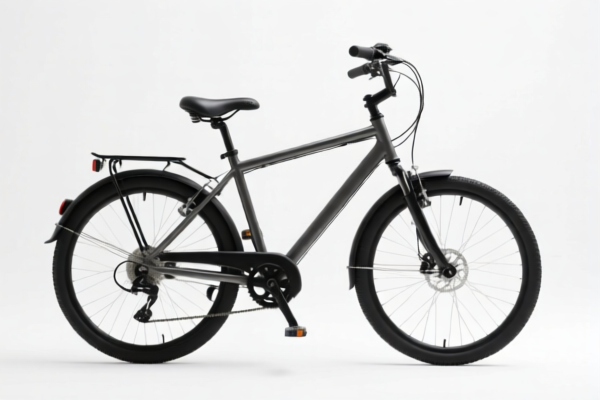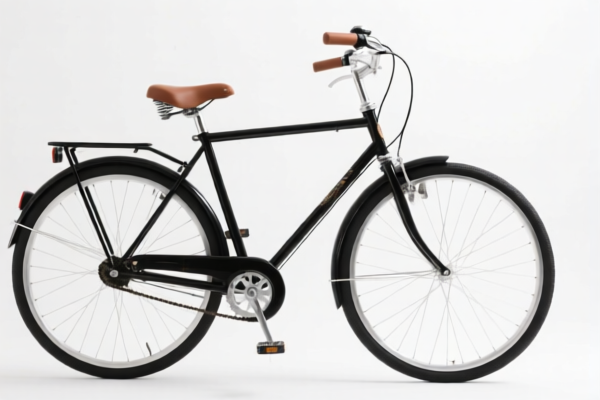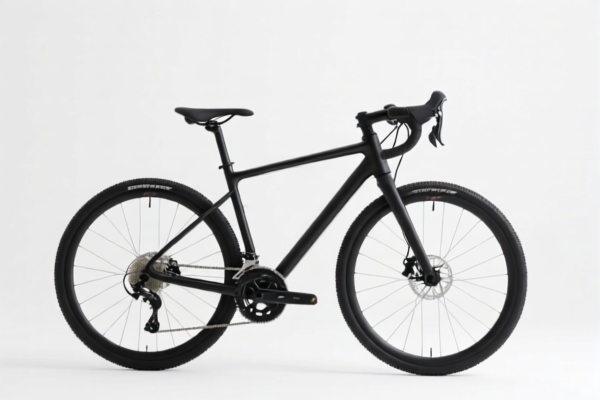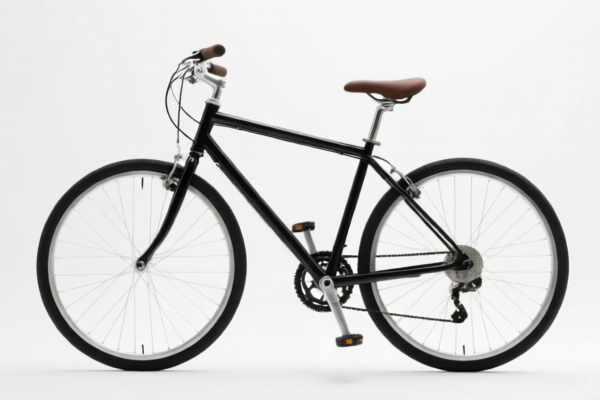| HS Code | Official Doc | Tariff Rate | Origin | Destination | Effective Date |
|---|---|---|---|---|---|
| 8512300040 | Doc | 57.5% | CN | US | 2025-05-12 |
| 8512902000 | Doc | 57.5% | CN | US | 2025-05-12 |
| 8513102000 | Doc | 42.5% | CN | US | 2025-05-12 |
| 8513104000 | Doc | 33.5% | CN | US | 2025-05-12 |
| 8531100035 | Doc | 56.3% | CN | US | 2025-05-12 |
| 8531809051 | Doc | 37.5% | CN | US | 2025-05-12 |
| 9017800000 | Doc | 60.3% | CN | US | 2025-05-12 |
| 9033009000 | Doc | 59.4% | CN | US | 2025-05-12 |
| 9033002000 | Doc | 55.0% | CN | US | 2025-05-12 |
| 9506990530 | Doc | 37.5% | CN | US | 2025-05-12 |




Bicycle Alarm
A bicycle alarm is a security device designed to deter theft of bicycles. These alarms typically employ sensors to detect movement or tampering and emit a loud sound to attract attention and potentially frighten off a thief.
Material
Bicycle alarms are constructed from a variety of materials, chosen for durability and weather resistance. Common materials include:
- Plastic Housing: ABS plastic is frequently used for the main body of the alarm due to its impact resistance and relatively low cost.
- Metal Components: Steel or aluminum are used for brackets, locking mechanisms, and internal structural parts.
- Electronic Components: Circuit boards, batteries (often lithium-ion), and sensors (see below) form the core of the alarm's functionality.
- Rubber: Used for grips, vibration dampening, and weather sealing.
Purpose
The primary purpose of a bicycle alarm is to prevent bicycle theft by:
- Deterrence: The loud sound emitted by the alarm is intended to scare off potential thieves.
- Attention Attraction: The alarm alerts bystanders to the attempted theft, increasing the risk of the thief being caught.
- Temporary Immobilization: Some alarms feature locking mechanisms that can temporarily hinder a thief's ability to ride away with the bicycle.
Function
Bicycle alarms function through the following key components and processes:
- Motion Sensors: Most alarms use either:
- Vibration Sensors: Detect physical shocks or movement of the bicycle. Sensitivity is adjustable in many models.
- Tilt Sensors: Trigger the alarm when the bicycle is leaned or moved from its upright position.
- Alarm Siren: Emits a loud sound (typically 80-110 decibels) when the sensor is triggered.
- Activation/Deactivation: Alarms are usually activated/deactivated via a remote control, a key, or a combination of buttons on the device.
- Power Source: Powered by batteries, with some models offering rechargeable options.
- Tamper Detection: Some advanced alarms include sensors that detect attempts to remove or disable the alarm itself.
Usage Scenarios
Bicycle alarms are used in a variety of situations where bicycle security is a concern:
- Urban Environments: High-traffic areas with a greater risk of theft.
- Public Parking: Bike racks, train stations, shopping centers, and other public parking locations.
- Residential Areas: Securing bicycles parked in driveways, garages, or sheds.
- Travel: Protecting bicycles during transport or while traveling.
Common Types
Several types of bicycle alarms are available, each with its own advantages and disadvantages:
- Frame-Mounted Alarms: Attach directly to the bicycle frame using brackets and screws. These are generally more secure but require installation.
- Cable Alarms: Incorporate a steel cable that loops through the bicycle frame and an object (e.g., bike rack). Provide both alarm and physical security.
- Wheel-Mounted Alarms: Attach to the wheel, triggering the alarm when the wheel is moved. Simpler installation, but potentially easier to defeat.
- Remote Control Alarms: Activated and deactivated via a remote control, offering convenient operation.
- Smart Alarms: Connect to smartphones via Bluetooth, allowing for remote monitoring, GPS tracking, and other advanced features.
- Disc Brake Lock Alarms: Integrate an alarm into a disc brake lock, providing both physical security and alarm functionality.
Bicycle alarms fall under several potential classifications based on their function and components. Here's a breakdown of relevant HS codes:
- 8512300040: This code covers electrical lighting or signaling equipment (excluding articles of heading 8539) used for cycles or motor vehicles, specifically sound signaling equipment. This is applicable if the alarm primarily functions as a sound-based deterrent for bicycles. The total tax rate is 57.5%, comprised of a 2.5% base tariff, a 25.0% additional tariff, and a 30.0% additional tariff effective after April 2, 2025.
- 8531100035: This code covers electric sound or visual signaling apparatus, specifically burglar or fire alarms. If the bicycle alarm is designed and marketed as a security device to prevent theft (functioning as a burglar alarm), this code is applicable. The total tax rate is 56.3%, comprised of a 1.3% base tariff, a 25.0% additional tariff, and a 30.0% additional tariff effective after April 2, 2025.
- 9033009000: This code covers parts and accessories for machines, appliances, instruments or apparatus of chapter 90. If the alarm is considered a component or accessory for a bicycle (classified under chapter 90), this code may be relevant. The total tax rate is 59.4%, comprised of a 4.4% base tariff, a 25.0% additional tariff, and a 30.0% additional tariff effective after April 2, 2025.
- 9033002000: This code covers parts and accessories for machines, appliances, instruments or apparatus of chapter 90, specifically light-emitting diode (LED) backlights modules used as backlights illumination for liquid crystal displays (LCDs). If the alarm includes an LED indicator, this code may be applicable. The total tax rate is 55.0%, comprised of a 0.0% base tariff, a 25.0% additional tariff, and a 30.0% additional tariff effective after April 2, 2025.
Important Considerations:
- The classification depends on the alarm's primary function and construction. If it's primarily a signaling device for the bicycle, 8512300040 is more appropriate. If it's marketed as a security device, 8531100035 is more suitable.
- If the alarm contains LED indicators, 9033002000 should be considered.
- The material of the alarm may affect the applicable tariff. For example, archery articles and equipment and parts and accessories thereof (9506990530) have a total tax rate of 37.5%, but steel and aluminum products are subject to an additional 25% tariff.
Customer Reviews
No reviews yet.